Masaki Nakanishi
Anomaly Detection By Autoencoder Based On Weighted Frequency Domain Loss
May 21, 2021
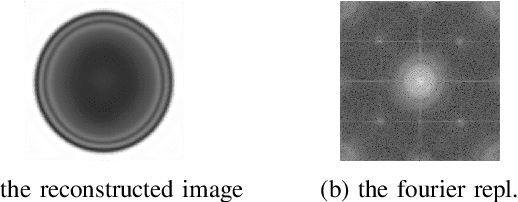
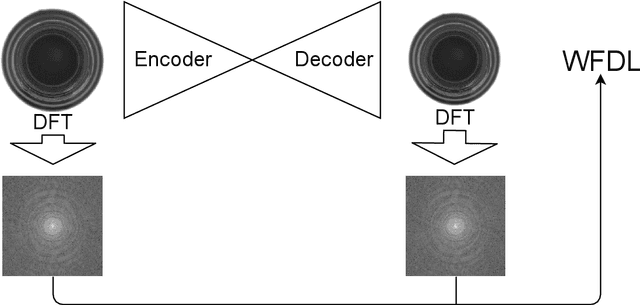

Abstract:In image anomaly detection, Autoencoders are the popular methods that reconstruct the input image that might contain anomalies and output a clean image with no abnormalities. These Autoencoder-based methods usually calculate the anomaly score from the reconstruction error, the difference between the input image and the reconstructed image. On the other hand, the accuracy of the reconstruction is insufficient in many of these methods, so it leads to degraded accuracy of anomaly detection. To improve the accuracy of the reconstruction, we consider defining loss function in the frequency domain. In general, we know that natural images contain many low-frequency components and few high-frequency components. Hence, to improve the accuracy of the reconstruction of high-frequency components, we introduce a new loss function named weighted frequency domain loss(WFDL). WFDL provides a sharper reconstructed image, which contributes to improving the accuracy of anomaly detection. In this paper, we show our method's superiority over the conventional Autoencoder methods by comparing it with AUROC on the MVTec AD dataset.
Boosting Template-based SSVEP Decoding by Cross-domain Transfer Learning
Feb 10, 2021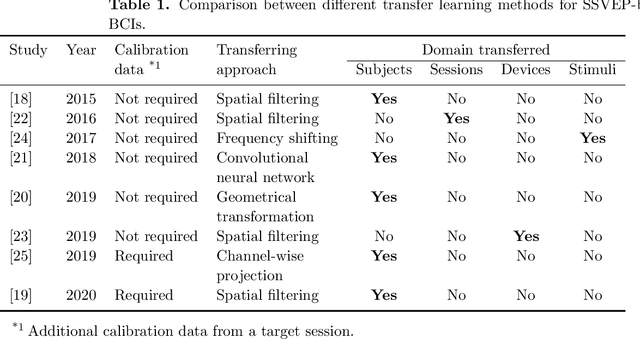
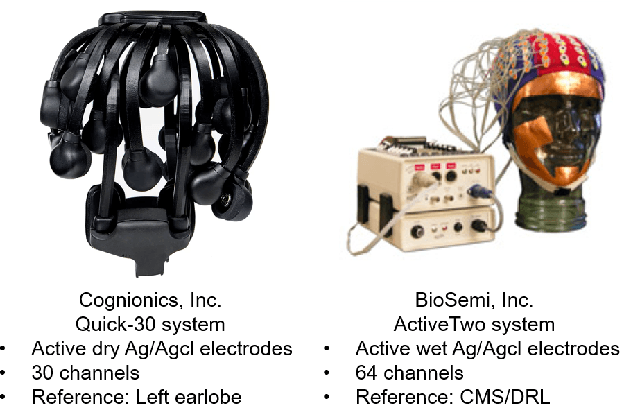
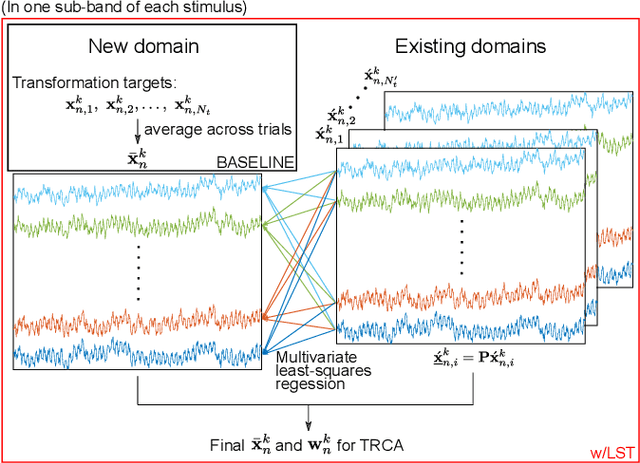
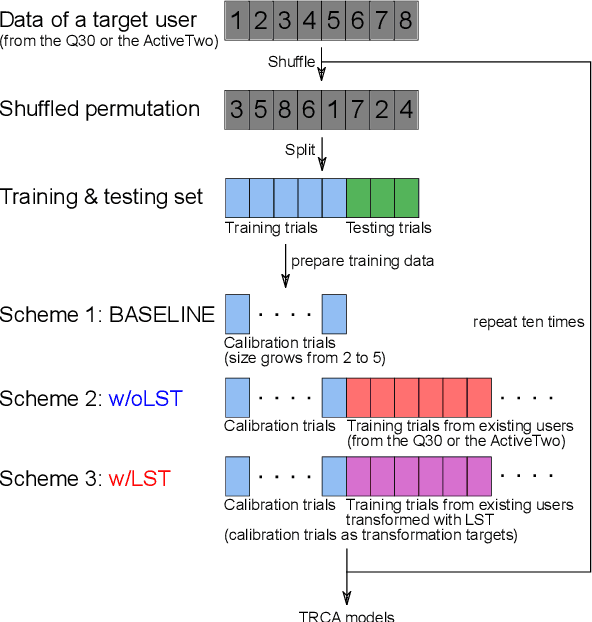
Abstract:Objective: This study aims to establish a generalized transfer-learning framework for boosting the performance of steady-state visual evoked potential (SSVEP)-based brain-computer interfaces (BCIs) by leveraging cross-domain data transferring. Approach: We enhanced the state-of-the-art template-based SSVEP decoding through incorporating a least-squares transformation (LST)-based transfer learning to leverage calibration data across multiple domains (sessions, subjects, and EEG montages). Main results: Study results verified the efficacy of LST in obviating the variability of SSVEPs when transferring existing data across domains. Furthermore, the LST-based method achieved significantly higher SSVEP-decoding accuracy than the standard task-related component analysis (TRCA)-based method and the non-LST naive transfer-learning method. Significance: This study demonstrated the capability of the LST-based transfer learning to leverage existing data across subjects and/or devices with an in-depth investigation of its rationale and behavior in various circumstances. The proposed framework significantly improved the SSVEP decoding accuracy over the standard TRCA approach when calibration data are limited. Its performance in calibration reduction could facilitate plug-and-play SSVEP-based BCIs and further practical applications.
 Add to Chrome
Add to Chrome Add to Firefox
Add to Firefox Add to Edge
Add to Edge